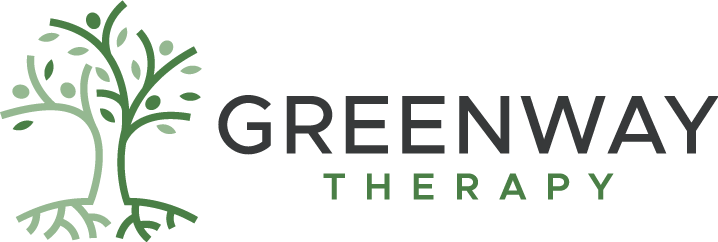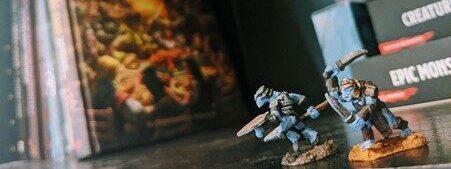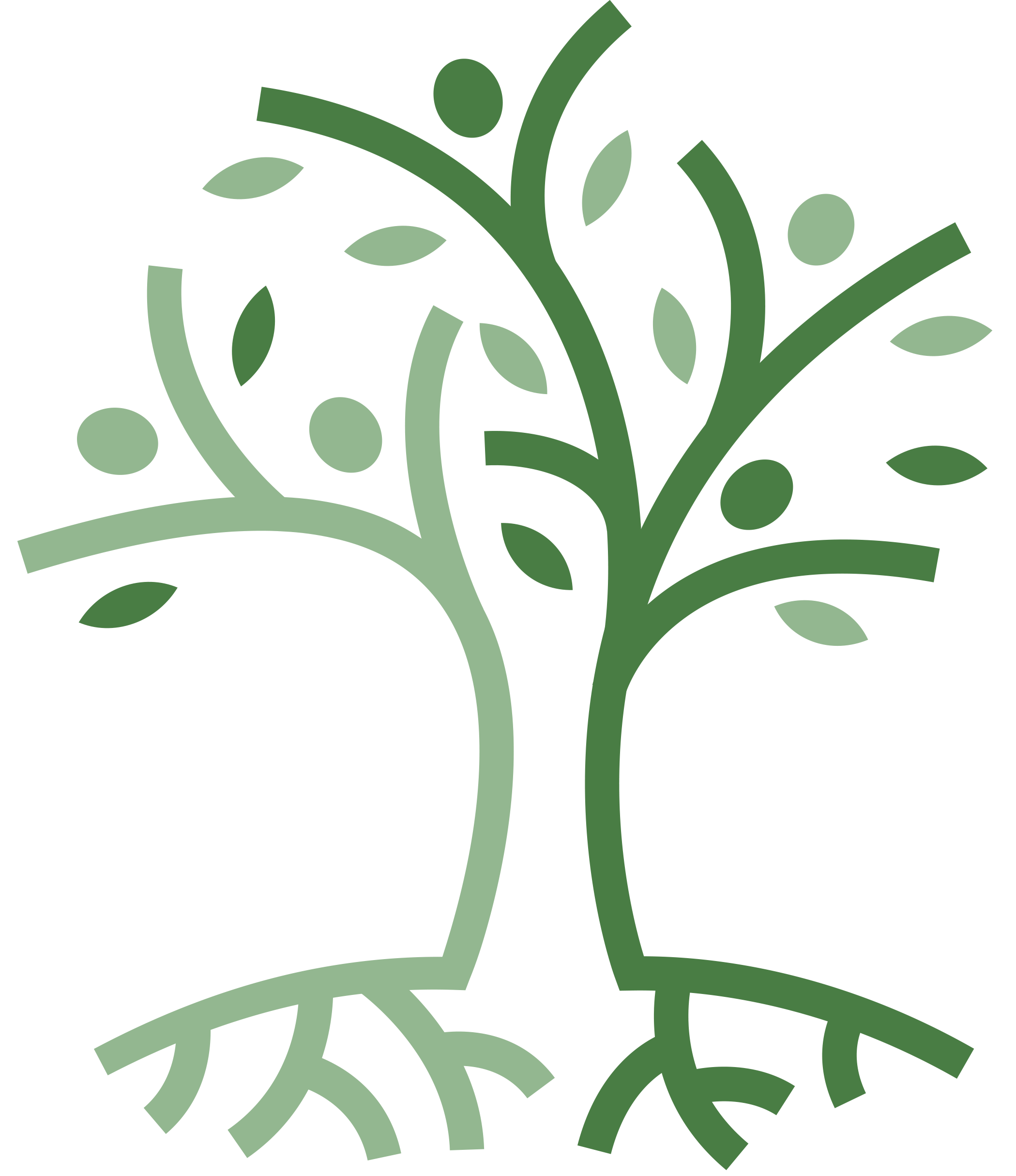It takes practice to grow and adapt to new types of therapy for every person.
I have learned therapy is completely different depending on the person you go to and what theory they practice. Therapists provide clients with practices ranging from traditional and structured Freudian psychoanalytic theory to innovative and expressive music therapy techniques. Dungeons and Dragons (or D&D) is a trending type of role-playing game (RPG) that originated from exactly where I did—Wisconsin, where, in my lived experience, people are stuck indoors for a large portion of the year. I saw how our creativity and interests ran wild to provide us with the ability to combat foes like seasonal depression.
D&D was, in a sense, created out of a mental health crisis of being stuck indoors during the long winter, and we are starting to see the relationship between role-playing and increased mental health resilience. COVID-19 provided each and every one of us with room for growth. Being stuck indoors isolated from loved ones reminded me of my Wisconsin roots and how I kept myself busy in the below zero, tundra climate: video games and imagination. I found myself providing therapy to others in a way that was authentically comforting and safe while still being innovative and different, mirroring my own adaptations in life.
Experiential therapy is a fancy way of saying we learn through experiencing and doing. Putting this theory into practice with D&D allows me to tap into my genuinely creative and innovative side to provide something to clients worthy of their time and efforts. I focus on rolling the various dice with my clients, hoping they succeed and exploring why outcomes were not as hoped or expected. It gives us real time to explore why sometimes we make a mistake or fall short of our intentions. These dice rolls help us simulate real life odds and how sometimes even when we are really prepared for something and good at the task, there is a chance it does not go as we had hoped, which can be hard to face. To make sense of this, I like to share basic D&D Ability Scores and apply my therapeutic perspective:
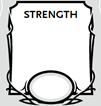 Strength (STR): This is typically seen as the physical prowess to complete a task like breaking an object, lifting something heavy, or using brute strength to crush a can. In mental health, I see this as the ability to get out of bed in the morning, to take a shower, or to make that dinner we didn’t know we could.
Strength (STR): This is typically seen as the physical prowess to complete a task like breaking an object, lifting something heavy, or using brute strength to crush a can. In mental health, I see this as the ability to get out of bed in the morning, to take a shower, or to make that dinner we didn’t know we could.
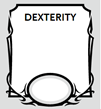 Dexterity (DEX): This measures agility in acrobatics, stealth, and sleight of hand, which can involve doing something without causing too much notice. Dexterity can also help characters run into battle quicker, beef up their armor, or navigate a trap. What was once being able to nimbly dodge out of the way or roll across the roof of a car in style, I now introduce as the ability to remove items that trigger us or taking a minute to address a situation with finesse and tact.
Dexterity (DEX): This measures agility in acrobatics, stealth, and sleight of hand, which can involve doing something without causing too much notice. Dexterity can also help characters run into battle quicker, beef up their armor, or navigate a trap. What was once being able to nimbly dodge out of the way or roll across the roof of a car in style, I now introduce as the ability to remove items that trigger us or taking a minute to address a situation with finesse and tact.
 Constitution (CON): This refers to the ability to maintain health, survive a virus or disease, and pursue on through life; thus, this is the resilience ability modifier in the game. We all have inherent resilience to get through even the worst situations we could face. It is at our core and builds over time when we face situations that challenge or shape our personality and character.
Constitution (CON): This refers to the ability to maintain health, survive a virus or disease, and pursue on through life; thus, this is the resilience ability modifier in the game. We all have inherent resilience to get through even the worst situations we could face. It is at our core and builds over time when we face situations that challenge or shape our personality and character.
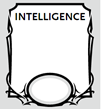 Intelligence (INT): Intelligence is often used in D&D to recall knowledge characters have gained regarding history, magic, nature, religion, or situations. Adding my therapy lens, I see this not as someone’s IQ but rather their access to knowledge or skills—i.e., being able to recall the coping skills, distress tolerance skills, or daily activities in times of need.
Intelligence (INT): Intelligence is often used in D&D to recall knowledge characters have gained regarding history, magic, nature, religion, or situations. Adding my therapy lens, I see this not as someone’s IQ but rather their access to knowledge or skills—i.e., being able to recall the coping skills, distress tolerance skills, or daily activities in times of need.
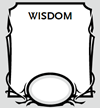 Wisdom (WIS): Wisdom…intelligence, what’s the difference? Wisdom offers us insight and perception into a situation. Think of survival skills and our basic fight or flight defenses; these skills allow us to sense possible situations in which we need to create or maintain boundaries and when to use the coping skills we learned. Wisdom in D&D could be seen as our emotional intelligence that we work to improve in therapy sessions through gaining insight and awareness into ourselves and others.
Wisdom (WIS): Wisdom…intelligence, what’s the difference? Wisdom offers us insight and perception into a situation. Think of survival skills and our basic fight or flight defenses; these skills allow us to sense possible situations in which we need to create or maintain boundaries and when to use the coping skills we learned. Wisdom in D&D could be seen as our emotional intelligence that we work to improve in therapy sessions through gaining insight and awareness into ourselves and others.
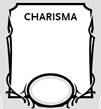 Charisma (CHA): In D&D, the charisma score is usually tied to ability to deceive, intimidate, perform, or persuade another, and we often see characters with low charisma scores offending a noble or not being able to communicate their needs or expectations with another player in game. In therapeutic D&D, we practice the charisma role-playing constantly with our therapeutic interactions. Charisma is our ability to connect and communicate with others. These are our interpersonal communication skills which form bonds and transform the imaginary environment of gaming into the personable and realistic realm of humanity.
Charisma (CHA): In D&D, the charisma score is usually tied to ability to deceive, intimidate, perform, or persuade another, and we often see characters with low charisma scores offending a noble or not being able to communicate their needs or expectations with another player in game. In therapeutic D&D, we practice the charisma role-playing constantly with our therapeutic interactions. Charisma is our ability to connect and communicate with others. These are our interpersonal communication skills which form bonds and transform the imaginary environment of gaming into the personable and realistic realm of humanity.
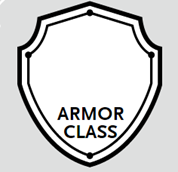 Armor Class (AC)
Armor Class (AC)
The AC, or Armor Class, is what we possess to defend against foes, animals, or traps, which might threaten us. When we have things like support, medication, basic needs, community, and awareness, our AC goes up to 18 (equivalent to a shield and chainmail armor). When we lose support, lack the resources to thrive, have relational difficulties, or need to taper off of a medication, our AC can go down to 12 (equivalent to easily penetrable leather armor).
I try to ensure my clients build AC with new types of mental armor, skills, and practice during sessions to promote stability, awareness, and confidence to thrive in their lives. So, when you look at types of therapy and the challenges you currently face, in the words of Critical Role Dungeon Master Matthew Mercer, “How do you want to do it?”
Contact Greenway Therapy to Get Started
If you like these ideas and think this is something you might like to try, contact Greenway Therapy to set up a consultation with me.
Have more questions? E-mail us at admin@greenwaytherapy.com, or call us at 800-353-6402, and our team would be happy to talk with you!
